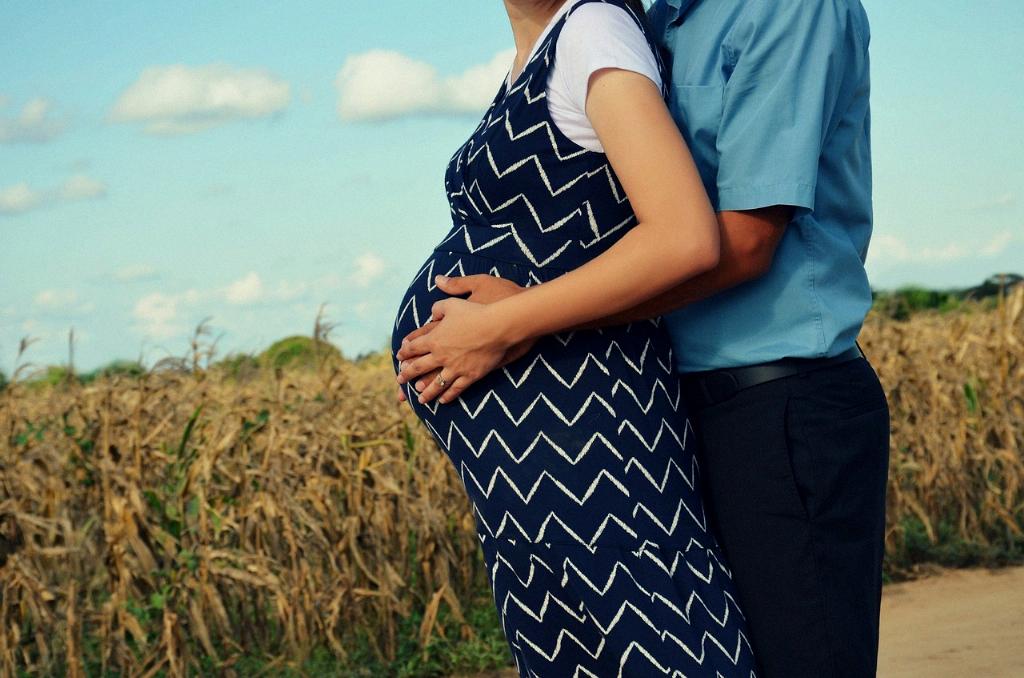When it comes to Human Papillomavirus (HPV) in babies, it’s essential to understand that symptoms can vary and may not always be apparent. HPV is a common virus that can affect people of all ages, including infants. While many babies infected with HPV may not show any symptoms at all, some may exhibit signs that warrant attention.
One of the most common symptoms of HPV in babies is the presence of warts. These warts can manifest in different forms, such as being small or large, raised or flat, and they can appear on various parts of the body. In infants, warts caused by HPV are typically found on the hands, feet, or around the genital area. In more rare cases, warts may also develop around the anus.
It’s important for parents and caregivers to be vigilant and monitor their baby’s skin for any unusual growths or changes. While most warts caused by HPV do not cause discomfort or pain, they can sometimes become irritated or infected, leading to potential complications.
Aside from physical manifestations like warts, HPV in babies may not always show clear symptoms. Some infants may have the virus present in their system without any outward signs, making it challenging to detect. In such cases, regular check-ups with a healthcare provider can help ensure early detection and appropriate management.
Since HPV is primarily transmitted through skin-to-skin contact, infants can contract the virus through direct contact with an infected individual. This can occur during childbirth if the mother has HPV or through other forms of close contact with carriers of the virus. Understanding the modes of transmission can help parents take preventive measures to reduce the risk of HPV infection in babies.
If a parent suspects that their baby may have been exposed to HPV or is showing symptoms of the virus, it’s crucial to seek medical advice promptly. A healthcare professional can provide a proper diagnosis, recommend appropriate treatment options, and offer guidance on how to manage the condition effectively.
Early detection and intervention are key to addressing HPV in babies. By staying informed about the symptoms and risks associated with the virus, parents can take proactive steps to safeguard their baby’s health and well-being. Open communication with healthcare providers and adherence to recommended guidelines can help ensure the best possible outcome for infants affected by HPV.
While HPV infections in babies are relatively uncommon, being knowledgeable about the symptoms and potential implications of the virus is essential for promoting early detection and timely intervention. By staying alert to any changes in their baby’s skin or overall health, parents can play a proactive role in addressing HPV infections and minimizing associated risks.
Parents should also be aware that certain strains of HPV can lead to more serious health issues later in life, such as an increased risk of certain types of cancer. Understanding the long-term implications of HPV infections in babies underscores the importance of preventive measures and proactive healthcare practices from an early age.
Furthermore, maintaining open communication with healthcare providers and seeking regular medical check-ups for babies can help ensure that any potential HPV infections are detected and addressed promptly. By prioritizing comprehensive healthcare for infants, parents can contribute to their overall well-being and mitigate the risks associated with HPV and other viral infections.
In conclusion, while HPV in babies may not always present clear symptoms, vigilance, preventive measures, and proactive healthcare practices are essential for managing the virus effectively. By staying informed, seeking medical advice when needed, and prioritizing regular check-ups, parents can play a vital role in safeguarding their baby’s health and promoting optimal outcomes in cases of HPV infections.

